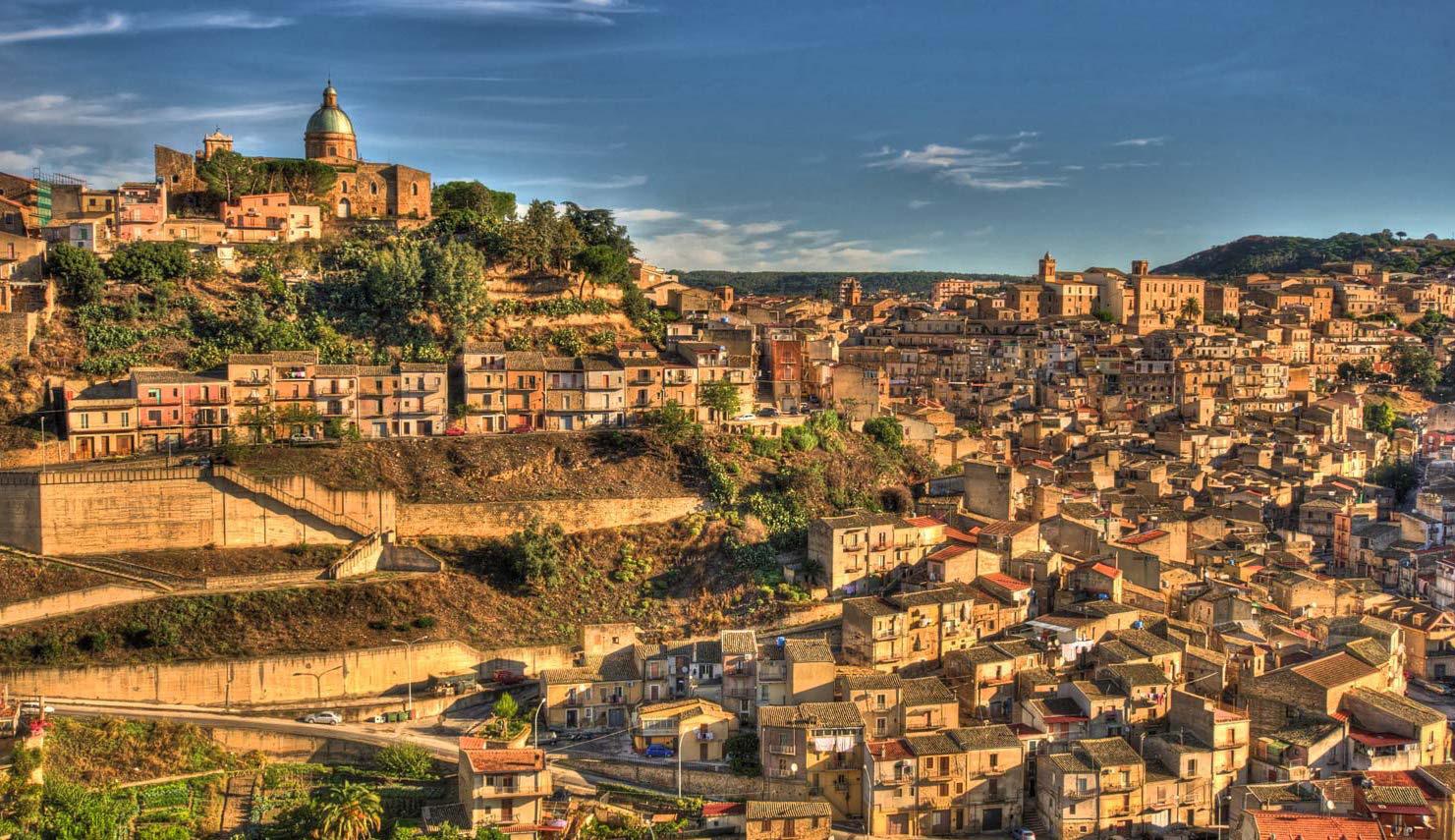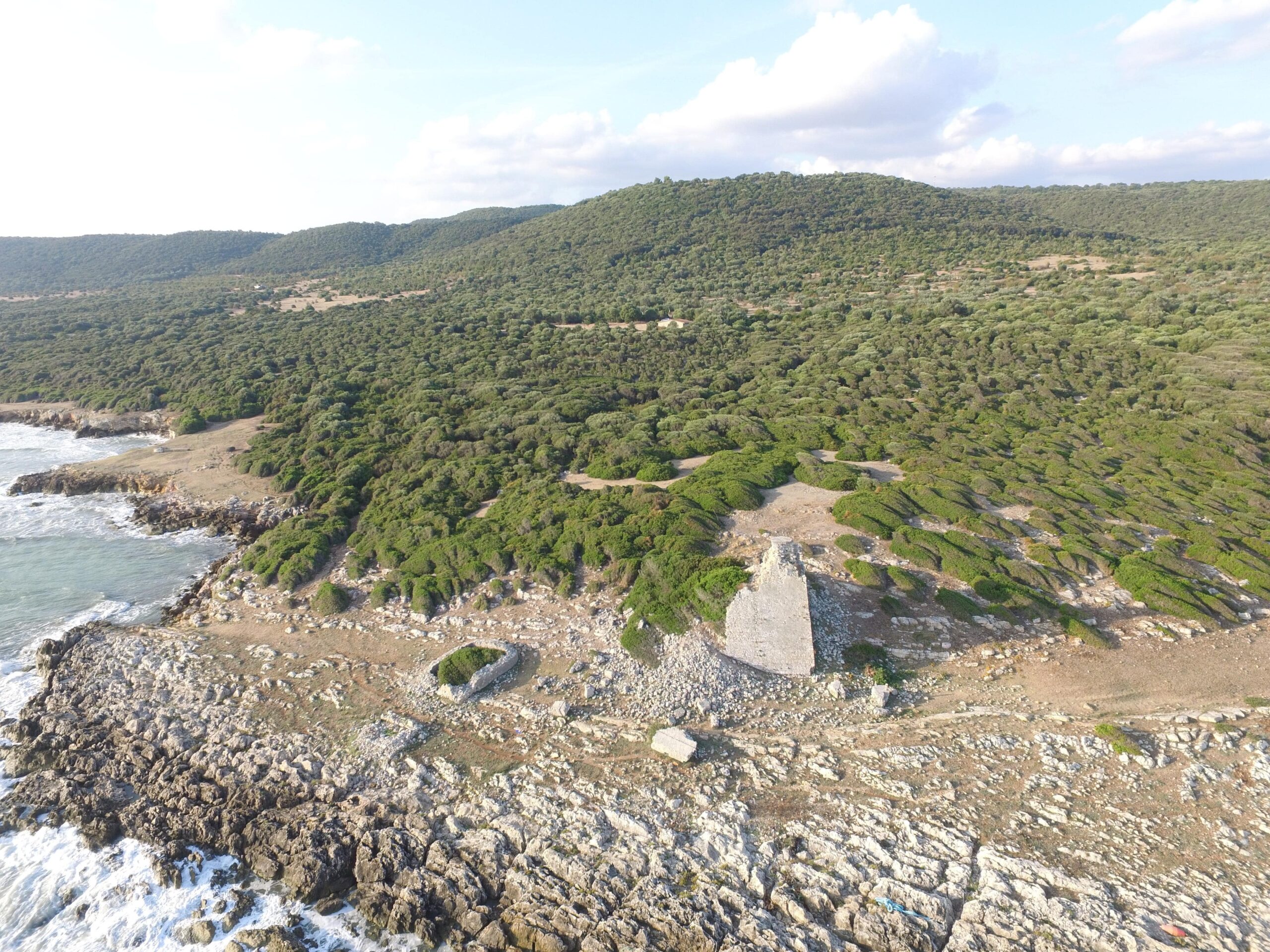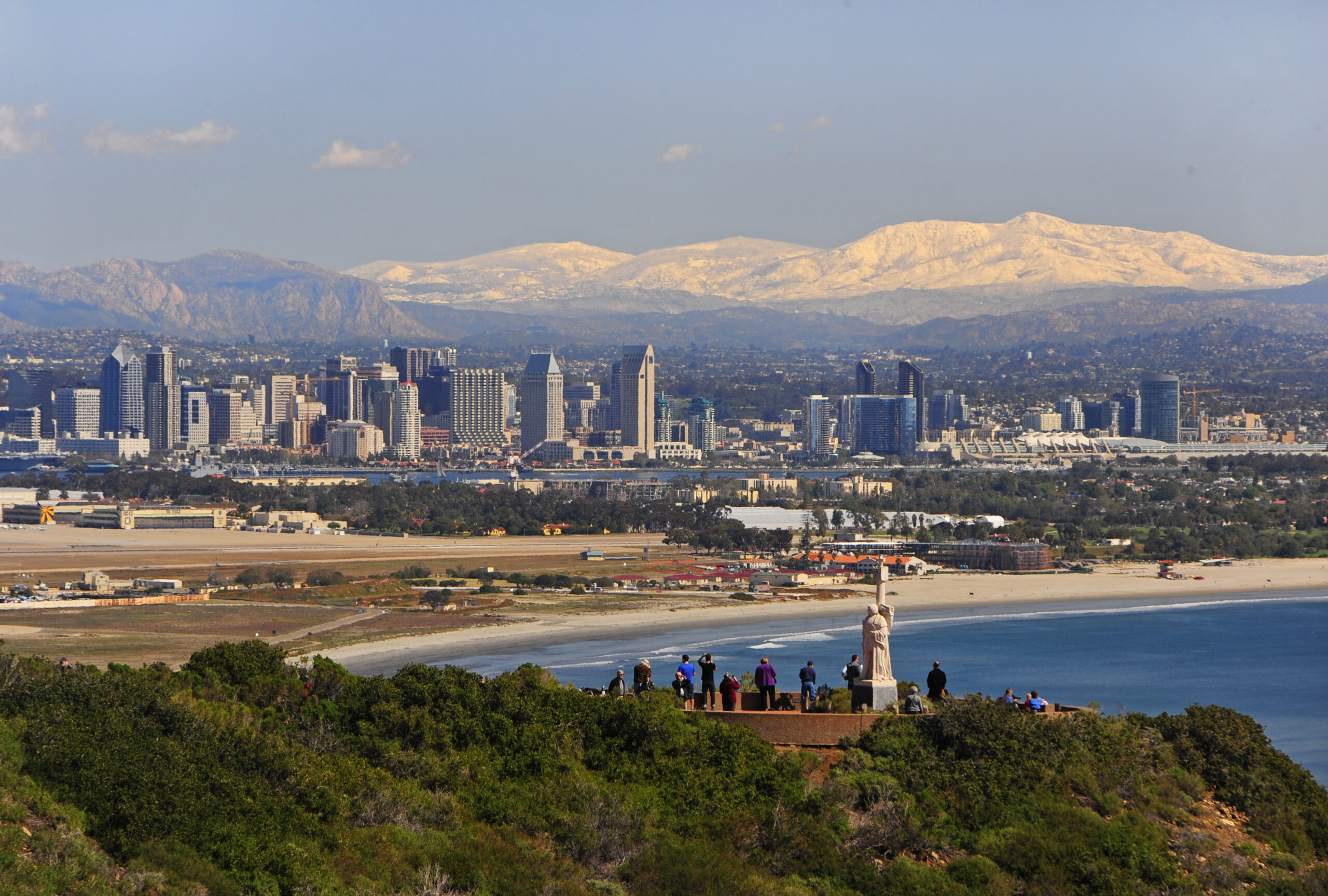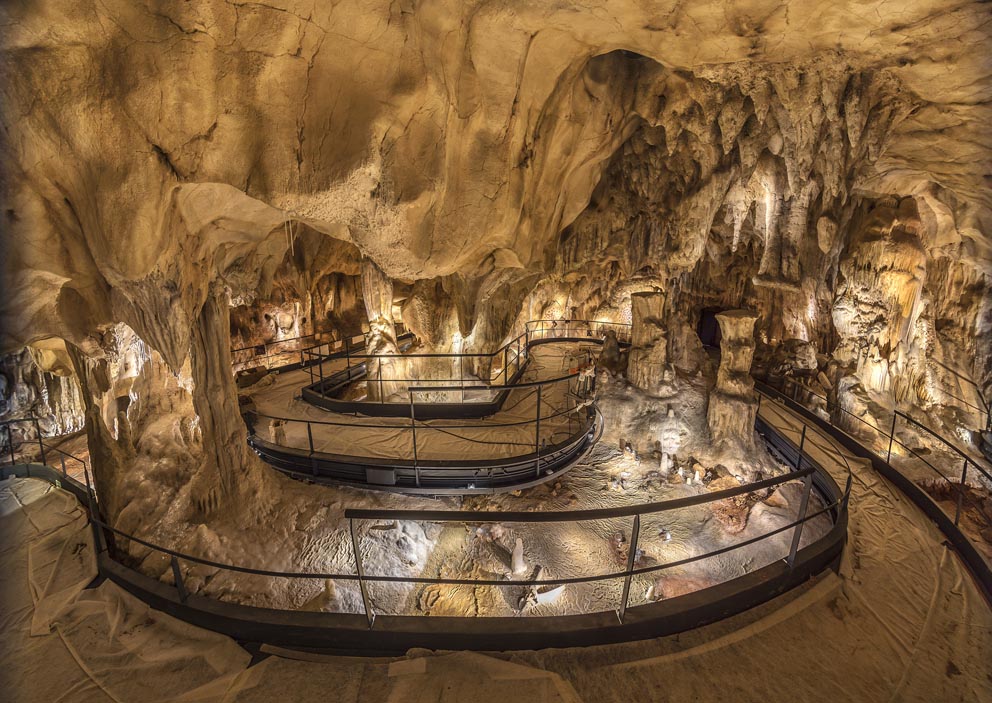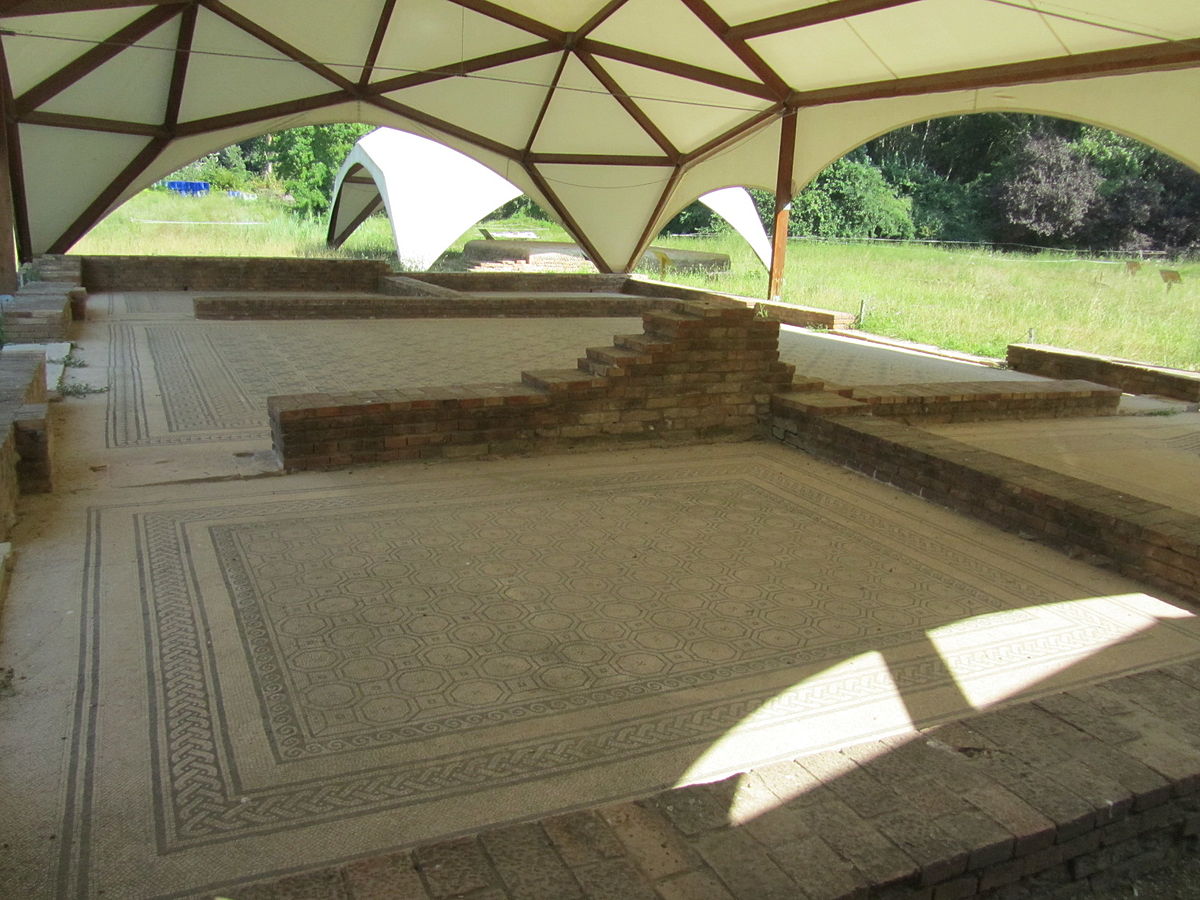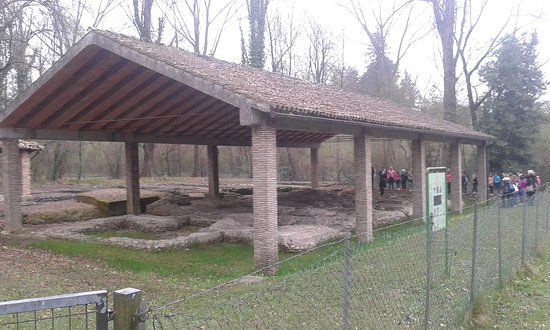Outstanding Universal Value
Brief synthesis
Unique in India because of its age and quality, the group of Buddhist stupas, temples and monasteries at Sanchi (variously known as Kakanaya, Kakanava, Kakanadabota and Bota Sri Parvata in ancient times) is one of the oldest Buddhist sanctuary in existence. These monuments record the genesis and efflorescence of Buddhist art and architecture over a period of 1,300 years from the 3rd century BC to the 12th century CE, thereby spanning almost the entire classical Buddhist period in India. Surprisingly, Sanchi was not hallowed by any incident in Buddha’s life. The only early reference to Sanchi occurs in the chronicle of Sri Lanka, Mahavamsa and Dipavamsa (c. 3rd-4th century CE). Sanchi was discovered in 1818 after being abandoned for nearly 600 years, and gradually the archaeological site was explored, excavated and conserved.
The religious establishment at Sanchi was founded by the Mauryan emperor Asoka (c. 272-237 BC). Here, he built a Maha Stupa and erected a monolithic pillar and a monastery atop the hill at the insistence of his queen, who was from Vidisha, located 10 km from Sanchi. With its serene environment and seclusion, Sanchi ensured a proper atmosphere for meditation and fulfilled all the conditions required for an ideal Buddhist monastic life. Several edifices were raised at Sanchi and its surrounding hills during the Sunga times. The Asokan Stupa was enlarged and covered with stone veneering, and balustrades along with a staircase and harmika were added. The reconstruction of Temple 40 and the erection of Stupa 2 and Stupa 3 also appear to date to about the same period. In the 1st century BC, the Andhra-Satavahanas, who had extended their influence over eastern Malwa, created the elaborately carved gateways to Stupa 1. From the 2nd to 4th centuries CE, Sanchi and Vidisha were under the Kushanas and Kshatrapas and were subsequently passed on to the Guptas. A number of temples were built and sculptures added at Sanchi and Udayagiri, near Vidisha, during this period. Shrines and monasteries were also constructed at this site during the 7th and 10th centuries CE.
The rich decorative art associated with this architecture was also utilised on the toranas (gateways), where prodigious, lush carvings in bas-relief, high-relief and in the round constitute a treasure trove of iconographic depictions. The theme of the decorative work centres on the former lives (Jataka) of Buddha and on events from life of the Master. The fresh and charming representation of plants, animals and human beings, the narrative quality of the stories and the creativity apparent in the sculpted capitals and cornices combine to make this site an unrivalled masterpiece of early Buddhist art as well as a milestone in the development of art that integrates indigenous and non-indigenous influences.
Criterion (i): The perfection of its proportions and the richness of the sculpted decorative work on its four gateways make Stupa 1 an incomparable artistic achievement. The group of Buddhist monuments at Sanchi – stupas, temples and monasteries – is unique in India because of its age and quality.
Criterion (ii): From the time that the oldest preserved monument on the site was erected, i.e., Asoka’s column with its projecting capital of lions inspired by Achaemenid art, Sanchi’s role as intermediary for the spread of cultures and their peripheral arts throughout the Mauryan Empire, and later in India of the Sunga, Shatavahana, Kushan and Gupta dynasties, was confirmed.
Criterion (iii): Having remained a principal centre of Buddhism up to early medieval India following the spread of Hinduism, Sanchi bears unique witness as a major Buddhist sanctuary in the period from the 3rd century BC to the 1st century AD.
Criterion (iv): The stupas at Sanchi, in particular Stupa 1 and Stupa 3, represent the most accomplished form of this type of monument. The hemispherical, egg-shaped dome (anda), topped with a cubical relic chamber (harmika), is built on a circular terrace (medhi); it has one or two ambulatories for the faithful to use (pradakshina patha). Representing a transition from wood structures to stone, the railings (vedika) and the gateways (torana) also bear witness to the continued use of the primitive forms of megalithic tumuli covered with an outer layer and surrounded by a palisade.
Criterion (vi): Sanchi is one of the oldest extant Buddhist sanctuaries. Although Buddha never visited the site during any of his former lives or during his earthly existence, the religious nature of this shrine is obvious. The chamber of relics of Stupa 3 contained the remains of Shariputra, a disciple of Shakyamuni who died six months before his master; he is especially venerated by the occupants of the “small vehicle” or Hinayana.
Integrity
Within the boundaries of the property are all the known elements necessary to express the Outstanding Universal Value of the property, including the Buddhist sanctuary’s monolithic pillars, palaces, temples and monasteries, the hillock and its near natural setting, and its topography. There are nevertheless outstanding recommendations to consider an extension of the property to include other significant Buddhist centres which were established shortly after Sanchi, within a radius of 15 km. These include Satdhara, Sonari, Murelkhurd and Andher.
Threats and potential threats to the integrity of the property include pressure from the local villagers to use the right-of-way in the buffer zone, as was the case in the historic past, and incursions into the buffer zone. Archaeological excavations and other management actions are continuing at the site without the benefit of an endorsed Conservation Management Plan.
Authenticity
The archaeological remains of the Buddhist monuments at Sanchi are authentic in terms of their forms and design, materials and substance, and locations and setting, as well as, to a degree, their spirit. The property has been conserved and preserved with sensitivity, both historically and in contemporary times. Though the original function of the site was discontinued long ago, having been abandoned for about 600 years, a stream of pilgrims coming to Sanchi from all over the Buddhist world, and in particular from Sri Lanka, has revived in a limited way its living fervour. The intangible value of the property is now reinforced by pilgrims visiting the shrine to chant hymns and pay obeisance to the mortal remains of Sariputra and Maha Moglaya, two of the foremost disciples of Lord Buddha.
Protection and management requirements
Though the property as yet does not have a management plan, it is being managed by the management system/module of the Archaeological Survey of India, through the Ancient Monuments and Archaeological Sites and Remains (AMASR) Act (1958) and its Rules (1959), Amendment and Validation Act (2010), and gazette notification of 1992. Apart from this Act, the rural landscape surrounding the property falls within the jurisdiction of the Nagar panchayat (Municipality) and is governed by the Madhya Pradesh Bhumi Vikas Rules (1984), which can regulate and protect heritage sites. In addition, for rural areas there is a provision in Clause 17 of Section 49 of the Madhya Pradesh Panchayati Rajya Adhiniyam (1993) for the preservation and maintenance of unprotected monuments.
The revenue official (i.e., District Collector), who also plays a role since the land belongs to the State Government in the Indian Federal system, is required to cause removal of any unauthorized construction in the prohibited and the regulated area as defined in the AMASR Act. The Superintending Archaeologist acts as an Estate Officer to remove any encroachments in the Protected Area as defined in the AMASR Act using provisions of the Public Premises (Eviction of Unauthorized Occupants) Act (1971). There are certain project/development plans which are useful for monitoring the general area outside the buffer zone. These include a Development Plan for Sanchi, Sanchi vikas Yojna Praroop (2001) prepared by the Town and Rural Planning Department, Madhya Pradesh; and a plan for the development of Sanchi under Nagar tatha gram nivesh Adhiniyam (1971) prepared by the Town and Rural Planning Department Madhya Pradesh, Bhopal.
Sustaining the Outstanding Universal Value of the property over time will require completing, approving and implementing a Management Plan for the property, including an endorsed Conservation Management Plan; addressing issues related to the buffer zone, including incursions, pressure from local villagers to use the right-of-way, and the potential extension of the buffer zone; and considering an extension of the property to include other significant Buddhist centres nearby, such as Satdhara, Sonari, Murelkhurd and Andher, which could be linked for holistic interpretation of the early Buddhist setting to form a Buddhist circuit for both pilgrims and visitors.


